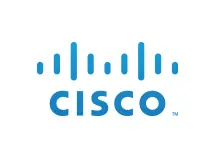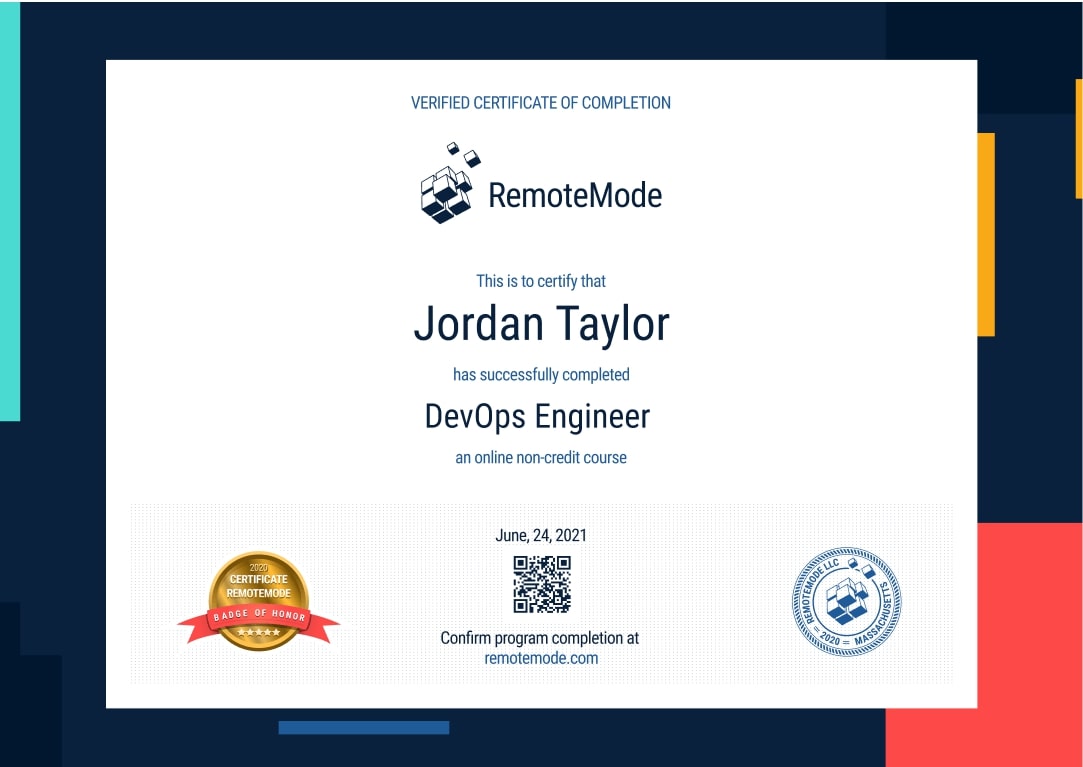Become a Python Developer
Work with and learn one of the most powerful programming languages created. Write and code applications, or analyze and visualize data.
- 7-month long course
- 291 lessons
- 6 hours a week
- 193 hours



Mission Forecast for Python Developers
Landing Zone
Python has been around since nearly the conception of programming. It has an expansive userbase and is being currently used for sections of AI and machine learning. Python is also often used to organize, analyze and visualize data. Python is one of the core languages that is learned and nearly every major tech business uses Python to some degree. Developer jobs will see one of the largest increases and the U.S. Bureau of Labor Statistics is expecting a +22% growth by 2030.
Mission Objective (Who’s Hiring Right Now)

Python Developer Overview
Python is commonly used to build web apps, analyze data, create AI and machine learning programs, automation applications, and scalable enterprise applications.
- + 7-month long course
- + 6 hours a week, go at your own pace
- + 291 on-demand lessons
- + 193 Hours of Learning Materials
- + Receive a certificate confirming your training
- + Participate in real-life Virtual Lab projects
- Develop, Implement, and launch different projects.
- Write code for different applications.
- Design your own programming tools.
- Analyze data and create helpful visuals.
- Work with a team of developers.
Prepare for Liftoff
Python Web Programming
Python is a high-level object-oriented programming language that is often used on the network and, in particular, for big data. This crash course will aid you in learning the object-oriented nature of the language, SQLite, and how to insert dynamic data using the python web program.
Object Oriented
This section will cover the fundamentals of Object Oriented programming. Depending on your background knowledge, the course will serve either as an introduction or a refresher course to Python Web Programming. Major aspects of the Object-Oriented programming will be thoroughly discussed here.
Understanding how Object Oriented programming works is crucial in having a deeper understanding of modules. This portion will also cover a tutorial on how to download modules and how to interact with these modules using python name spaces.
Delving into this part of the course, it is assumed that the learners are knowledgeable in the basics of python.
Web Structure
In this segment, learners will be working with Urllib. They will also be introduced to working with XML, as well as doing the HTML body, and Web page structure.
The segment is divided into several parts that touch the entirety of Urllib. Particularly, these parts include Urllib module, Urllib headers, and Urllib requests. Learners will learn how to make requests with Urllib, build requests with Urllib. Learners will also learn how to modify headers in order for them to visit websites without being traced.
The latter part of the tutorial walks learners through the XML documents and how they work. HTML discussion will also be covered in this portion. More particularly, learners will be made to understand how an HTML is structured by parsing it.
VPS and MySQL
For this course, learners will be creating a VPS. They will also be having an introduction to MySQL, and a thorough discussion of Database connections and NoHup.
In the early section, learners will get to know more about web servers. Understanding VPS and what it is for is the primary aim of this course. Ultimately, learners are expected to use Virtual Private Servers to solve real-life problems using a computer.
Moreover, learners will be taught how to get and set a VPS, how to interact with a VPS, and how to run a python script on a VPS. A hands-on activity of using a VPS host will also be part of this course to help learners navigate VPS efficiently.
Another major section of this course is the detailed discussion of MySQL. In this segment, learners will be taught how to set up a MySQL database.
Create a Website
The last part of the python programming course will expose learners to practical steps in making a basic website, using Bootstrap, attempting an initial Flask setup, and discovering extended templates.
More particularly, this section will discuss how learners can use python to create websites by setting up a server, which was tackled in the previous segment. Learners will learn how to use the python web framework flask to create a website.
This lesson will also show learners the use of python - from accessing the internet to creating part of the internet to be accessed.

Mission Control
- Stay focused with a mentor’s help and support
- Build a real portfolio with Virtual Lab Projects
- Compete with classmates in a virtual classroom
- Measure your progress with the Activity Tracking Log
- Make sure you get the job with resume help and interview assistance
In Collaboration with
Chart Your Trajectory (291 videos 93 hours)
Certificate of Completion
- Receive a certificate recognized by prevalent companies confirming your training
- Complete real projects in Virtual Labs
- Go at your own pace, learn your way
- Access course videos and materials 24 hours a day
- Take practical quizzes to keep you up to speed
- Classes created and mentored by industry leaders

Grow into a Python Developer
With one of the most powerful programming languages ever created, work on some next-level projects like A.I. and machine learning. Python is used in a multitude of different ways to create visual and usable data.
Program Forecast
- 7 months long, 6 hours per week
- 291 lessons in 193 hours
- Learn at your own pace
Virtual Lab
- Real Projects
- Create a working portfolio
- Receive expert feedback and mentoring
Career Services
- Interview preparation
- Resumé assistance
- Help with LinkedIn networking
Request More Information
View pricing and financing options